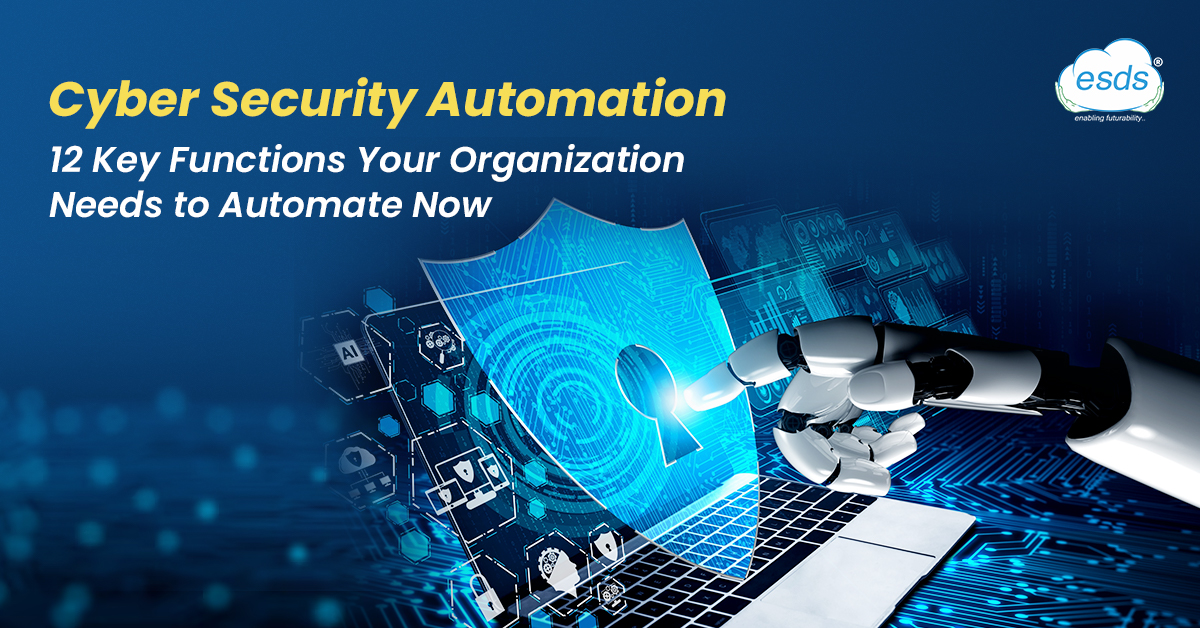What do you believe in, managing security tasks manually or automating? Your answer would certainly be automation, as it reduces human efforts, right? With 300,000 new malware being produced daily and a hacker attack occurring every 39 seconds, organizations find it challenging to defend themselves completely. Cyber-attacks continue to climb, so cybersecurity and cybersecurity automation has become a key concern for organizations worldwide. The average data breach cost in 2020 was $3.86 million, with the healthcare and finance sectors being the most vulnerable. According to a report by Cybersecurity Ventures, cybercrime losses will exceed $10.5 trillion per year by 2025, making it the most dangerous to the world economy. Isn’t that a massive loss?

To counteract this ever-increasing threat, organizations must keep ahead of hackers by implementing automated solutions that can detect and prevent assaults before they occur.
The Need for Cyber Security Automation
One significant benefit of automating security functions is that it can quickly handle and process numerous datasets, whereas manual security systems may consume much time. For example, Organizations can collect and analyze enormous volumes of data from multiple sources using automated technologies such as SIEM systems and threat intelligence platforms to discover trends and anomalies that may indicate a security threat. This helps security teams to respond quickly to possible breaches before they evolve into full-fledged attacks.
Another reason for security function automation is that it allows security staff to focus on more complex jobs that require human knowledge. Security teams can dedicate more time to investigating and responding to more advanced threats that may necessitate more in-depth study by automating typical processes like vulnerability detection, patching, and system updates.
Cyber Security Automation: 12 Key Functions Your Organization Needs to Automate

1. Monitoring Bot Activity
Bot activity monitoring is an essential component of any automation programme design. End-user accounts should never be linked to bot privileges. The bot’s system credentials should be encrypted and not available in plaintext. During execution, bot actions should be centrally logged. Bots should run on their VLANs to facilitate network monitoring and risk management.